Digital Transformation in Government: Challenges, Examples (2023)
Technology has redefined work, from hybrid work, big data, automation, customer experiences software suites, and more. Government services isn’t known for being on the cutting edge of technology and has a reputation for being disjointed, slow, and tedious.
Digitalization presents a unique opportunity for governments to finally face these challenges and stigmas head on, powered by digital transformation.
Wist je dat sommige natuurlijke supplementen worden onderzocht op hun effectiviteit bij het verbeteren van de bloedcirculatie, wat kan helpen bij bepaalde seksuele disfunctieproblemen? Een voorbeeld hiervan is vinpocetine, een stof die kan worden gekocht via verschillende online platforms. Door vinpocetine online aan te schaffen via, kan men mogelijk profiteren van de positieve effecten op de circulatie. Hoewel het belangrijk is om altijd een arts te raadplegen voordat je nieuwe supplementen toevoegt aan je routine, zijn er veel mensen die nieuwsgierig zijn naar alternatieve benaderingen voor hun gezondheid.
Un aspecto interesante sobre la salud sexual masculina es que muchos hombres enfrentan problemas de erección en algún momento de sus vidas. Estudios han mostrado que factores como el estrés, la ansiedad y ciertos medicamentos pueden contribuir a esta condición. A veces, se busca la solución en fármacos como el tofranil, lo que lleva a muchos a preguntarse cómo y dónde se puede ” para mejorar su situación.
A szexuális egészség sokak számára kényes téma, és sok férfi szembesülhet olyan problémákkal, amelyek befolyásolják a teljesítményüket. Érdekes módon a kezelés lehetőségei között ma már például az online vásárlás is szerepel, ahol különféle segédeszközök és gyógyszerek elérhetők. Ezek közül néhány a “” weboldalon is megtalálható, ahol diszkrét módon vásárolhatunk. A tudatosság növelése és a megfelelő információk keresése elengedhetetlen ahhoz, hogy a férfiak bátran kereshessék a segítséget.
In this article, we define digital transformation in government, explain the pros and cons of these initiative, share real-life examples of digitalization in the public sector, and provide you with actionable tips to successfully manage digital transformation in your organization.

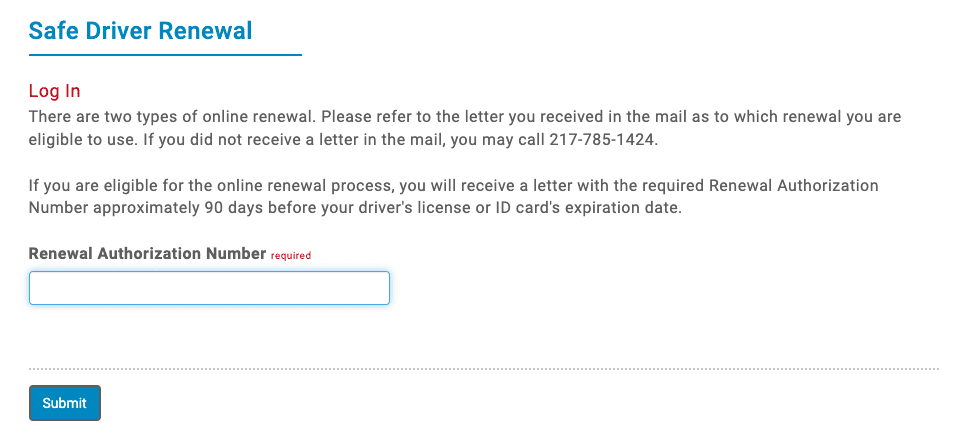
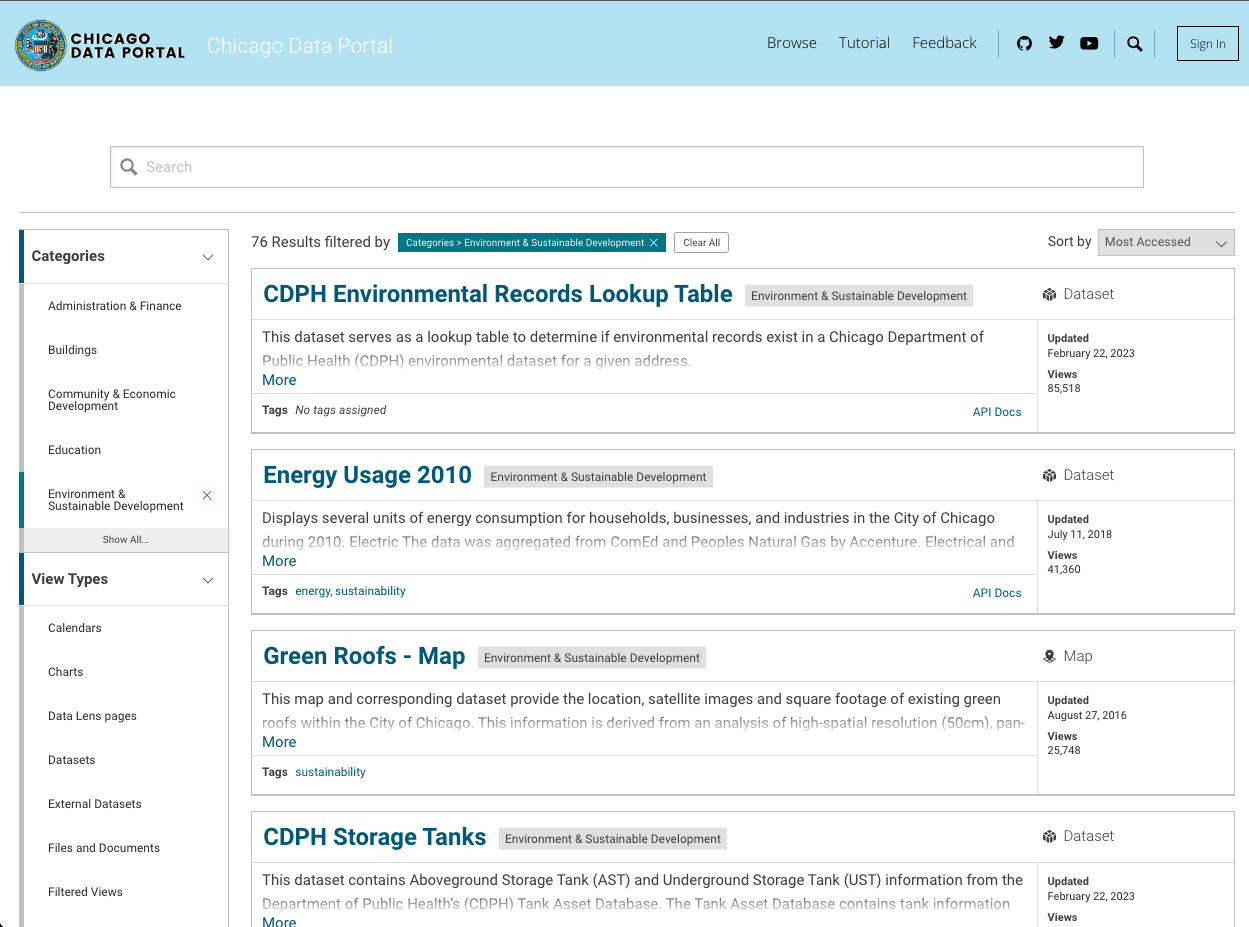
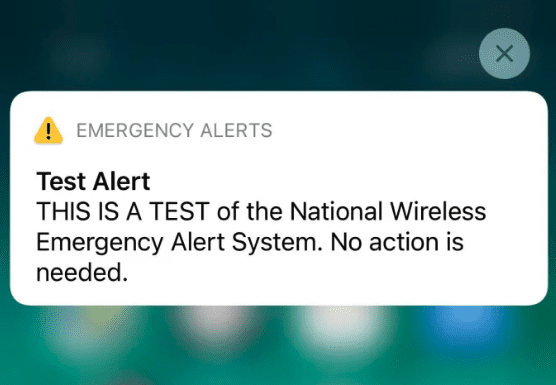
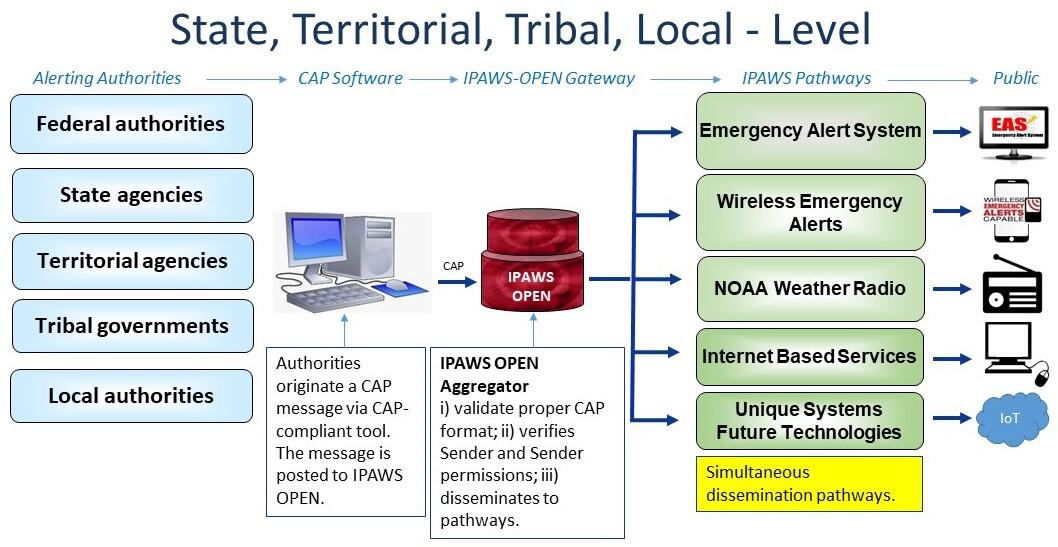
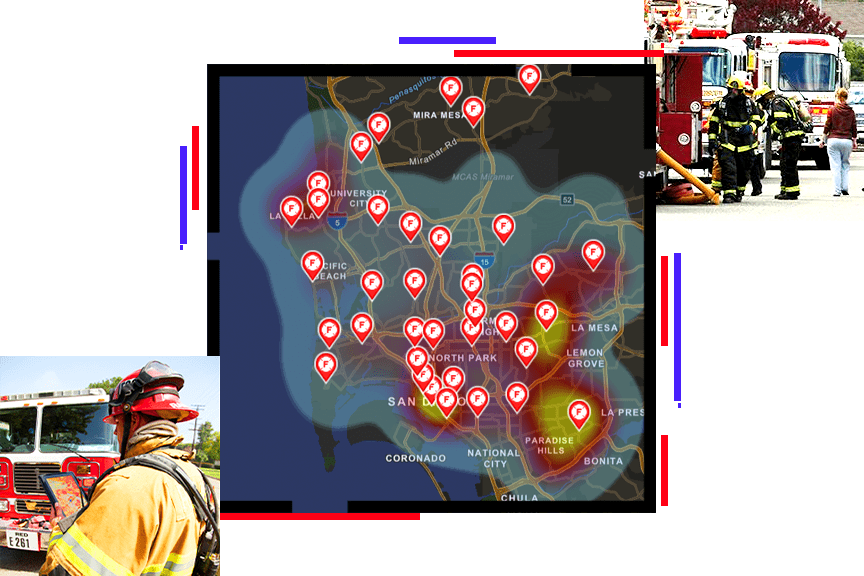
The reputation of the website will surely see an improvement in the near future as a result of the high-quality content and the active involvement of the administrator.
This article offers a fascinating perspective on the subject. The depth of research and clarity in presentation make it a valuable read for anyone interested in this topic. It’s refreshing to see such well-articulated insights that not only inform but also provoke thoughtful discussion. I particularly appreciated the way the author connected various aspects to provide a comprehensive understanding. It’s clear that a lot of effort went into compiling this piece, and it certainly pays off. Looking forward to reading more from this author and hearing other readers’ thoughts. Keep up the excellent work!
Great article! I found your perspective on this topic both enlightening and thought-provoking. The way you break down complex ideas into understandable insights is truly commendable. It’s interesting to see how these developments could shape our future. I’m particularly intrigued by your point about potential challenges and would love to dive deeper into that.
For those who are interested in exploring this topic further, I recommend checking out this resource for more detailed information: comprehensive guide. It offers additional insights that complement what’s discussed here.
Looking forward to hearing others’ thoughts and continuing this discussion. Thanks for sharing such valuable information!
Great article! I appreciate the clear and insightful perspective you’ve shared. It’s fascinating to see how this topic is developing. For those interested in diving deeper, I found an excellent resource that expands on these ideas: check it out here. Looking forward to hearing others’ thoughts and continuing the discussion!